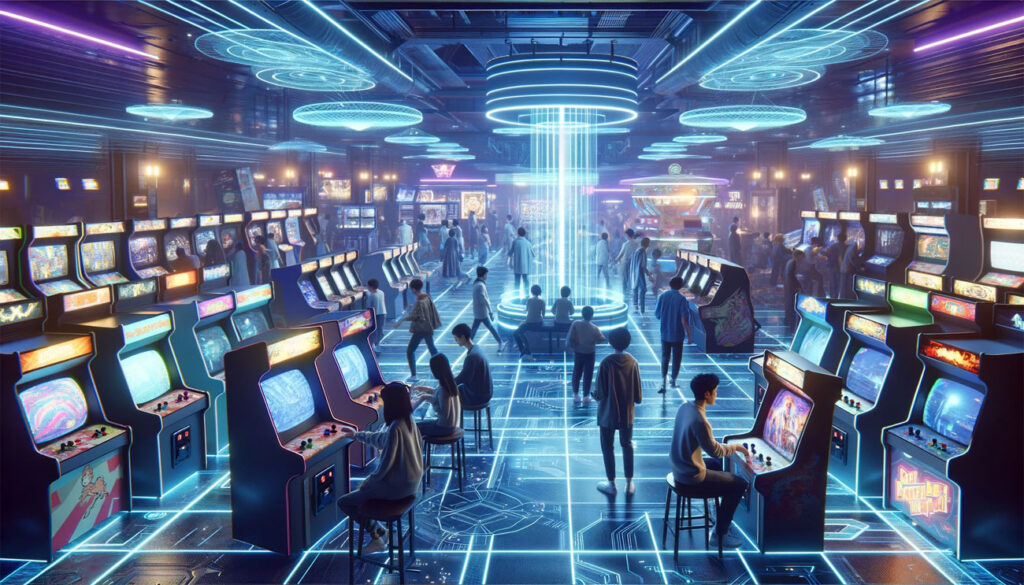Lately we’ve seen a recurring trend in the gaming world: a resurrection of “dead” games. Technically, games are never dead, since you can play them for as long as they are digitally available. Still, a game can die when the majority of players abandon it, when it gets too old or if there are too many issues with it.
One of the first games to come back to life was, of course, Minecraft. It was launched in 2011 and gained massive popularity, but somehow started fading away. It gained renewed attention around 2018, with a YouTube trend that became a huge deal, with game servers earning millions of dollars each month, big events, a slew of influencers, advertising campaigns and more.
Lately, another resurrection took place, with another game, called Brawl Stars – a fast-paced 3v3 multiplayer and battle royale game, made for mobile. The game was released in 2017, but made a huge comeback during 2024, as one of the most played and talked-about games of the year. Gamers and content creators absolutely love it.
How does a game gain new life?
First of all, a game should be inherently GOOD. Games like Brawl Stars or Minecraft have already proved themselves. They are great, established games, which gamers enjoyed playing. Their limited content, however, caused them to lose popularity over time.

Another aspect is the importance of updates. Games these days are constantly developing and changing, some of them with the help and feedback from the gaming community and UGC. Updates pump new life into a game, with new mods, changes, new characters, levels and more.
These aren’t enough, though. In order for a game to “come back from the dead”, it needs to motivate the players to return to its arms. The developers need to consider offering some sort of incentive. For example, Fortnite and Brawl Stars offered monetization in the form of store codes. This way, content creators have a financial interest in the game, since it generates revenue for them. Other games choose the UGC route, by encouraging users to create mods they can monetize with ads (like we do here, in LootLabs). Sometimes, just the fact that the game is super-viral again is reason enough for content creators to go back to it. If every video about a game generated hundreds of thousands views, then it’s reason enough to start playing it again. Good traffic is the starting point towards monetization, after all, and YouTube creators can generate revenue with their views via ads.
The Catalyst
Sometimes, the reasons for a game resurrection are completely random and unexpected. For example, the return of Among Us was attributed mainly to the COVID pandemic. Everybody stayed at home and looked for an easy, fun game to play. So, lockdowns can be a catalyst for a game to regain its popularity.
Another possible catalyst is a huge, important update that makes people want to try the game again. When they do that, they discover that the game has gone through a massive change, and that although it’s their favorite and familiar game, it still feels like an exciting, new game.
The roles of influencers is also something to consider when talking about games that came back to life. When influencers feel they have a reason to create content for an “abandoned” game, the process can be super quick – all that’s required is one influencer starting the trend. Other creators will rush in, to gain from the buzz, and a mega-trend loop is born.
The Past is not dead!
Arcade games are also experiencing an impressive revival. Why are these “archaic” games so popular these days?
Nostalgia plays a significant role in the resurgence of arcade games. Many adults who grew up during the heyday of arcades in the 80s and 90s have fond memories associated with these games. The sights, sounds, and experiences of spending hours in dimly lit arcades are deeply ingrained in their minds. As these individuals reach adulthood and have more disposable income, they seek out opportunities to relive those nostalgic moments. The resurgence of arcade games provides them with a chance to reconnect with their youth and share those experiences with friends, family, and even their own children.

Parents who were avid gamers during their youth, are now introducing their children to the arcade games they grew up playing. By exposing their kids to classic games like Pac-Man, Donkey Kong, and Street Fighter, parents not only create new bonding experiences but also impart a sense of gaming history and culture. In most of these games, gameplay is completely different, the graphics are so ancient they present an interesting fresh view for youngsters, and you can’t save your progress, which presents a new and different challenge to kid-gamers.
The availability of affordable single-board computers like the Raspberry Pi, coupled with powerful emulation software such as MAME (Multiple Arcade Machine Emulator), has democratized access to arcade gaming. Enthusiasts can now build their own arcade cabinets or retrofit existing ones with Raspberry Pi-powered systems, allowing them to play a vast library of arcade classics without the need for original hardware. Additionally, the legality and ethical considerations surrounding emulation have become less of a barrier, as many view it as a means of preserving gaming history and ensuring that classic titles remain playable for future generations.
